Onojutta
45 Cal.
Does anyone die stamp the barrel (or anywhere else) with initials or name, as an alternative to engraving? Is that HC for any school?

hawkeye2 said:Finding a set of stamps with the correct font would be quite a task. What time frame are you talking about? It was quite common by the percussion era. I'm holding a rifle by Asa Story, 1835-1843 that is marked in 2 lines on the top of the barrel A. STORY / WINDSOR VT. and was done with one stamp. I also have 3 smoothbores marked L. M. LELAND / AUGUSTA / ME in 3 lines and these also were done with 1 stamp. It was quite common for the lock makers to stamp their locks. The industrial revolution made quality stamps readily available and this would have been specially true in New England.
ec121 said:One thing to be aware of is deforming the bore with the stamp. Don Getz said he always stamped his barrels before rifling them to avoid possible deformation. Depending on the alloy it could take a pretty good lick with a hammer to stamp it. Just a heads up.

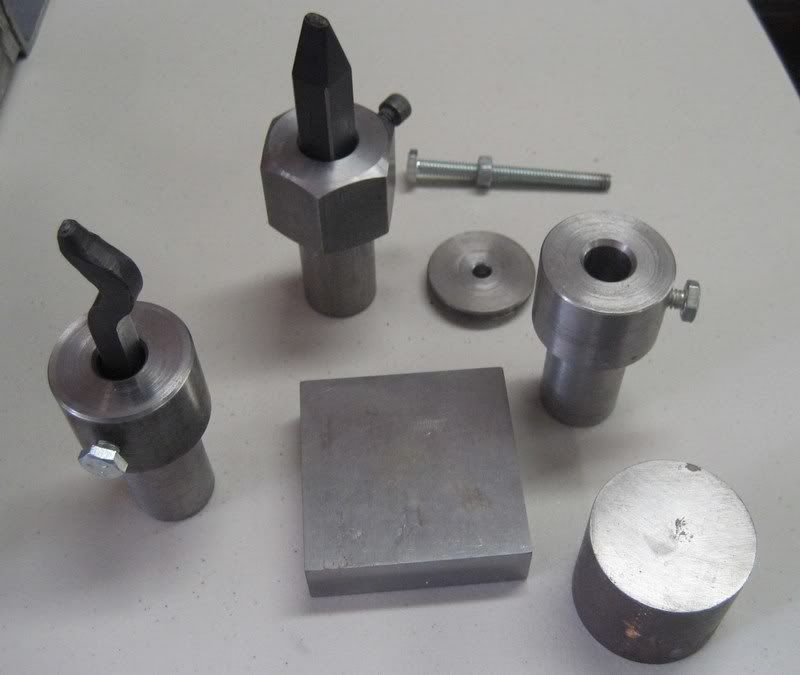
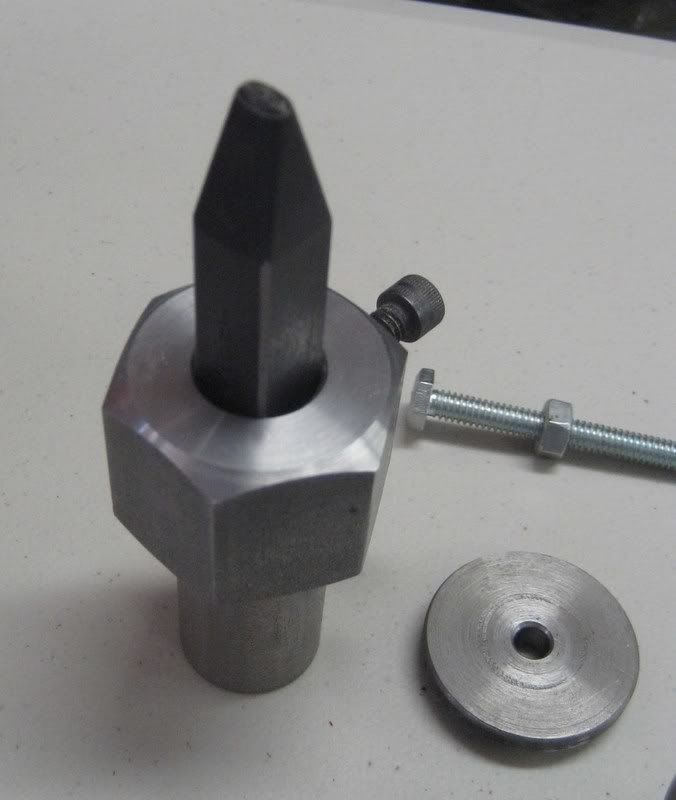
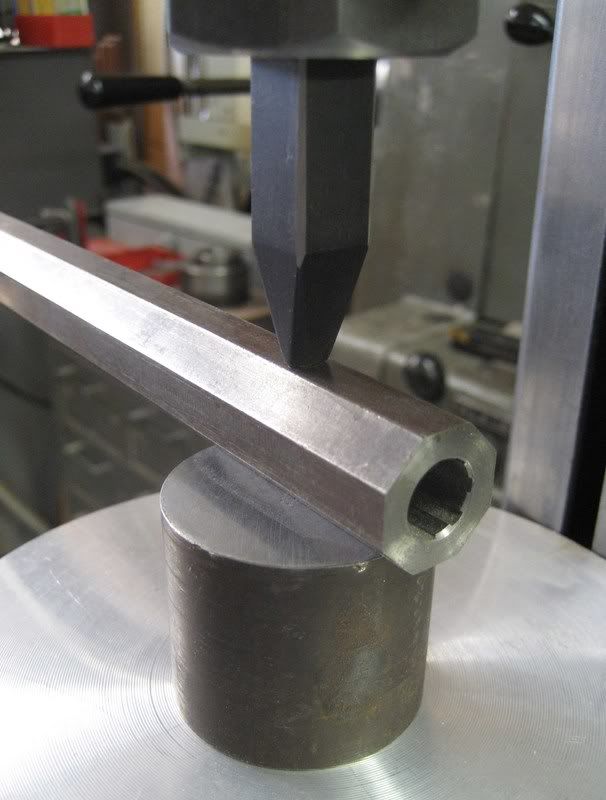
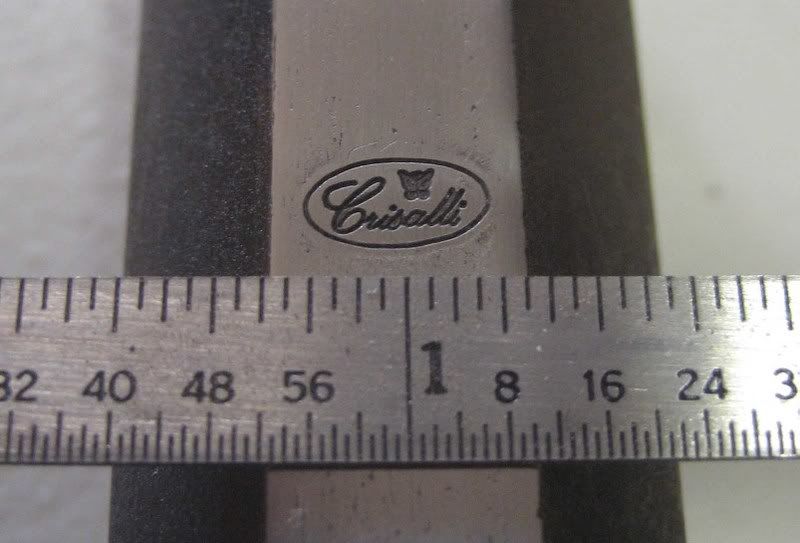
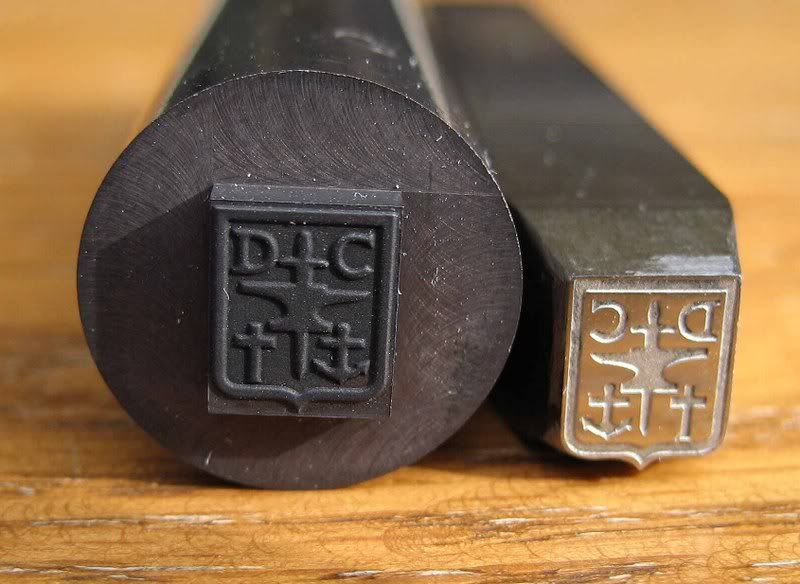

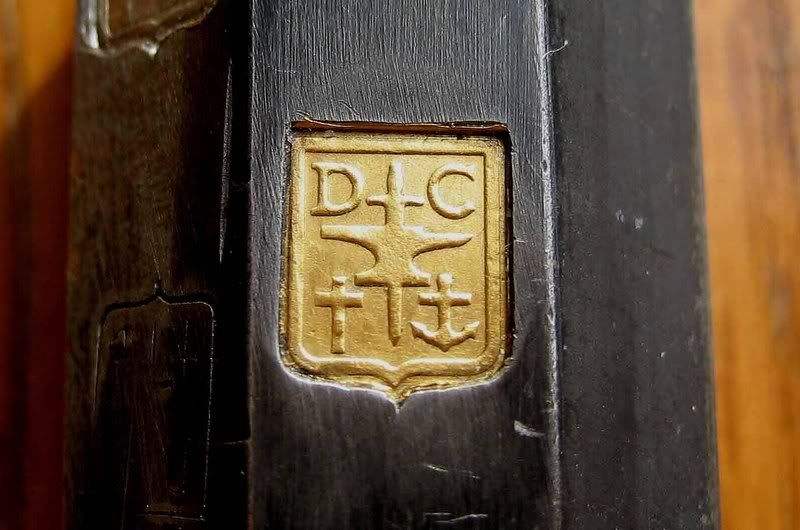
Little Buffalo said:davec very nice thanks for sharing. I take it you never had any problems deforming the barrel?
So my original question still remains... is stamping historically correct for "early" rifles?
Obi-Wan Cannoli said:On pages 42-43 of that book we both own, The Lancaster Long Rifle, you will find a Jacob Ferree ca 1790 with his name stamped on the brass sideplate. One stamp for his first name and one stamp for his last.
Enter your email address to join: